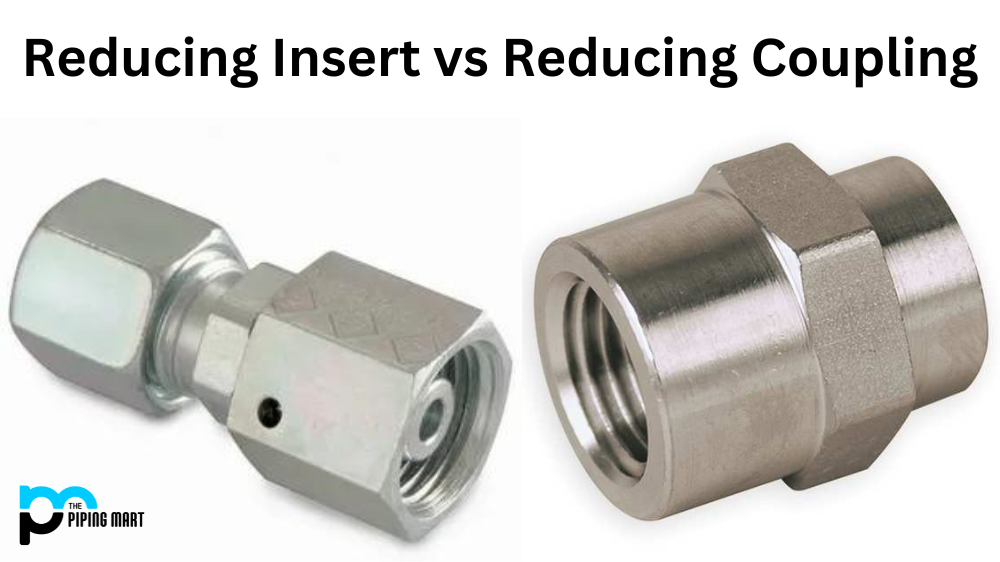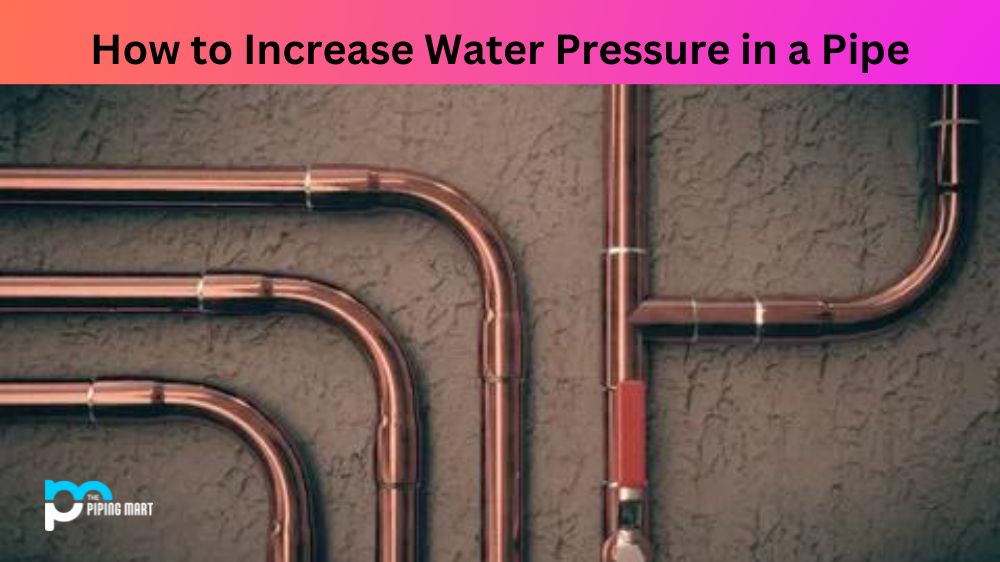If you’ve heard the terms reducing insert and reducing coupling thrown around, you might wonder what they mean. In short, they are two different piping connections used in plumbing and waterworks systems. Let’s review each one, how they work, and when to use them in your project.
What is Reducing Insert?
A reducing insert is a fitting connecting two pipes of different sizes. It has an outer shell with a step-down design; this allows it to fit inside a larger pipe while also allowing for a smaller pipe to fit inside it. This type of fitting reduces the flow area between the two pipes without changing their diameters.
The most common types of reducing inserts are made from brass or plastic and are used for connecting pipes made from copper, steel, PVC, or other materials. Depending on your needs, they can connect pipes horizontally or vertically.
What is Reducing Coupling?
A reducing coupling is another type of fitting that connects two pipes together but does not reduce the diameter or flow area between the two pipes like a reducing insert does. Instead, it simply acts as an adapter so that two differently-sized pipes can be connected without getting new fittings for each size. It can be made from brass or plastic and is typically used for connecting copper or steel pipes in horizontal applications.
Reducing couplings also have an additional benefit in that they provide more flexibility when connecting pipes since they don’t require exact measurements like reducing inserts do; this makes them ideal for projects where precision isn’t required but still need reliable connections between differently sized pipes.
Difference Between Reducing Insert and Reducing Coupling
Interdependence
One way to reduce coupling is to reduce the interdependence between modules. That is, ensure each module has a well-defined purpose and does not rely on other modules to perform its task. This can be accomplished by designing modular systems and by using abstraction and information-hiding techniques.
Dependencies
Another way to reduce coupling is to reduce the dependencies between modules. That is, ensure that each module only depends on those absolutely necessary for its functioning. This can be accomplished by minimizing the number of dependencies between modules and by using dependency inversion techniques.
Connections
A third way to reduce coupling is to reduce the number of connections between modules. That is, ensure that each module is only connected to those absolutely necessary for its functioning. This can be accomplished by designing modular systems and by using abstraction and information-hiding techniques.
Cohesion
Another way to reduce coupling is to reduce cohesion within modules. That is, ensure that each module contains only those elements necessary for its functioning. This can be accomplished by designing modular systems and by using abstraction and information-hiding techniques.
Complexity
A final way to reduce coupling is to reduce the system’s complexity as a whole. That is, ensure that the system is designed and straightforwardly so that it is easy to understand and maintain. This can be accomplished by using modular design principles and keeping the system as small and concise as possible.
Conclusion:
In summary, reducing inserts and reducing couplings are proper piping fittings for connecting pipelines, regardless of the size difference. While inserting reduces the flow area between the two pipes without changing their diameters, coupling acts as an adapter so that two differently sized pipes can be connected without getting new fittings for each size. Ultimately it comes down to understanding your project requirements – if precision measurements are necessary, then using a reducing insert would be ideal; otherwise, reduced couplings could offer more flexibility with less effort involved in the installation process.
Meet Heer, a dynamic and driven writer learning tricks of her trade in the metal industry. With a background in Digital Marketing, Heer brings a unique perspective to her writing, sharing valuable insights. Apart from blogging she like reading and hiking.




